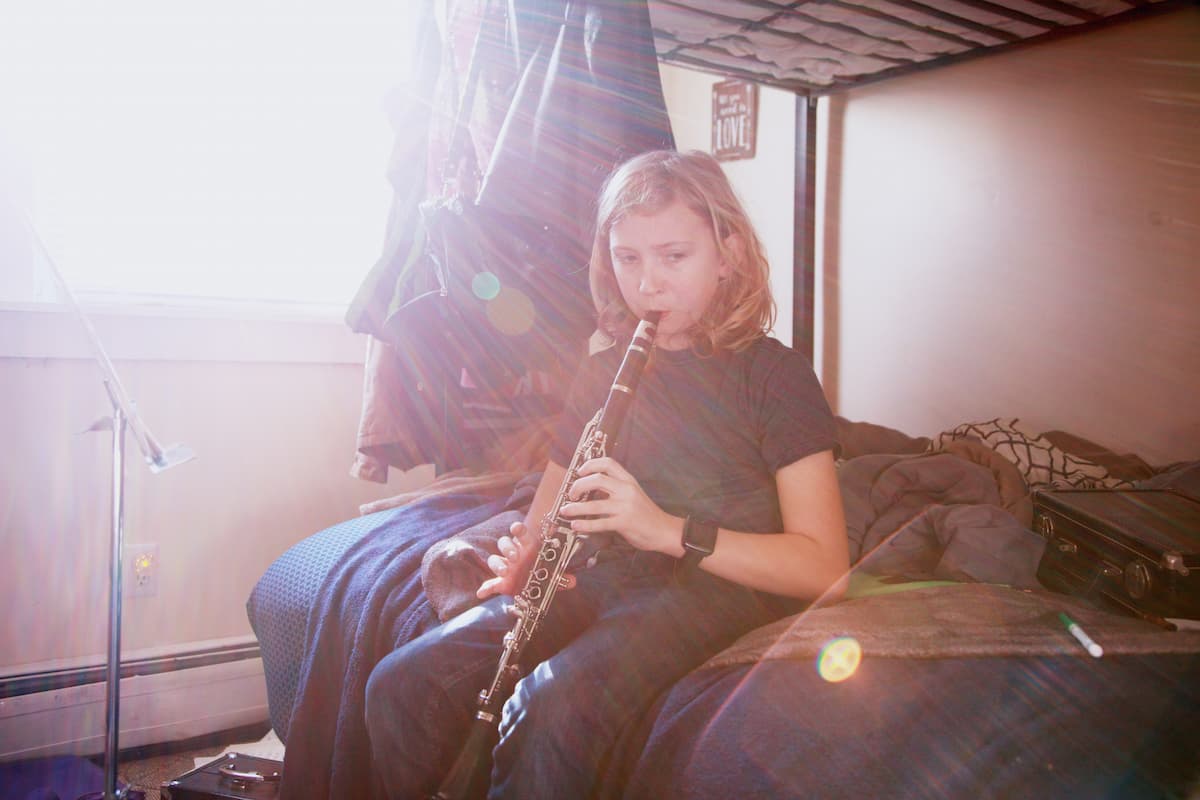 Much of my teaching is based on visualisation, a technique I learnt from my first teacher as an adult pianist and one which I use daily with my students and my own practising and playing as a way of engaging and stimulating the imagination to produce music which is expressive, vibrant and personal. (Read my article on visualisation techniques here)
Much of my teaching is based on visualisation, a technique I learnt from my first teacher as an adult pianist and one which I use daily with my students and my own practising and playing as a way of engaging and stimulating the imagination to produce music which is expressive, vibrant and personal. (Read my article on visualisation techniques here)
Of course, it’s all very well being able to visualise the sound or movements one wants to make, but while you may think you know what you want to do in your head, it may not be that evident in your playing. A way to make this more explicit is the ability to articulate our intention for a certain phrase or section or entire piece by describing it out loud.
This can work very well with students where the teacher poses the question and the student articulates his or her thoughts about the music. It works for both children (regardless of age – in fact very young children can be surprisingly articulate about their music) and adults, and the results are surprisingly positive and often very colourful. For example, I was working with an adult student recently who was having some trouble with the semi-quaver runs in the final movement of Beethoven’s Op 14/1. She said she felt they were uneven and that she wanted the notes to “trickle” down the keyboard. After she said this, she played the same run and it was transformed: immediately the notes were more even and there was a distinct sense of them “trickling” down the keyboard towards where I was sitting. And in a lesson with a teenage student, who is working on a very atmospheric impressionistic piece, I first asked her to describe to me what she felt the piece was about and to then try and put that description into the music. The results were impressive: her verbal description was very detailed, not only focusing on the broad narrative of the music but the details of individual sections, such as the rising quaver triplets which she felt were “the rolling waves” and the sustained notes in the bass which were “a foghorn or far away tolling bells”. It seems that the more detailed the description, the more vibrant the resulting music.
Ludwig van Beethoven: Piano Sonata No. 9 in E Major, Op. 14, No. 1 – III. Rondo: Allegro comodo (Louis Lortie, piano)
Psychologists have known for some time that words help us make abstract or fuzzy concepts clearer and the act of describing the action, sound or image out loud seems to make our ideas more concrete and fix them in our working memory. The action is also useful if you are having trouble finding a note, or landing on the correct note in a jump. Anticipate the note in advance by saying it out loud – “I need to land on E”, for example. Or for a tricky fingering scheme, say the finger numbers out loud just before your fingers land on the keys. It also works for rhythmic issues (count out loud) and harmonic progressions (say the chord progressions as you approach them). These are all very useful aids to memorisation too.
In addition to reinforcing memory, articulating our intentions and thoughts forces us to slow down, stop, and think through the important elements of the task in front of us more carefully and consciously. Putting our thoughts into words thus becomes a powerful tool to aid productive practising.
Sometimes we can act like our own teacher or coach, encouraging us as we play. I admit to doing this quite a lot! Practising the piano can be a lonely activity and being able to encourage yourself through verbal feedback is really helpful. So if I play a passage well, I might say to myself (out loud of course), “Yes I liked that” and examine why and what I liked about the passage (also stated out loud). We can also act like our own personal conductor, encouraging the “orchestra” (oneself at the instrument) to “crescendo here”, “pull back here”, “big orchestral sound now” and so forth. Conversely, one can tackle the inner critic with a conversation out loud: I berate myself when I play badly (“Oh that was dreadful! What did you do that for?”) and then examine what happened and how I can put it right (“try playing that slower/more quietly/louder” etc). This turns the negative self-talk into a positive learning tool, thus making practising far more productive and enjoyable.
Music extracts
Jennifer Linn, A Lighthouse In The Fog




